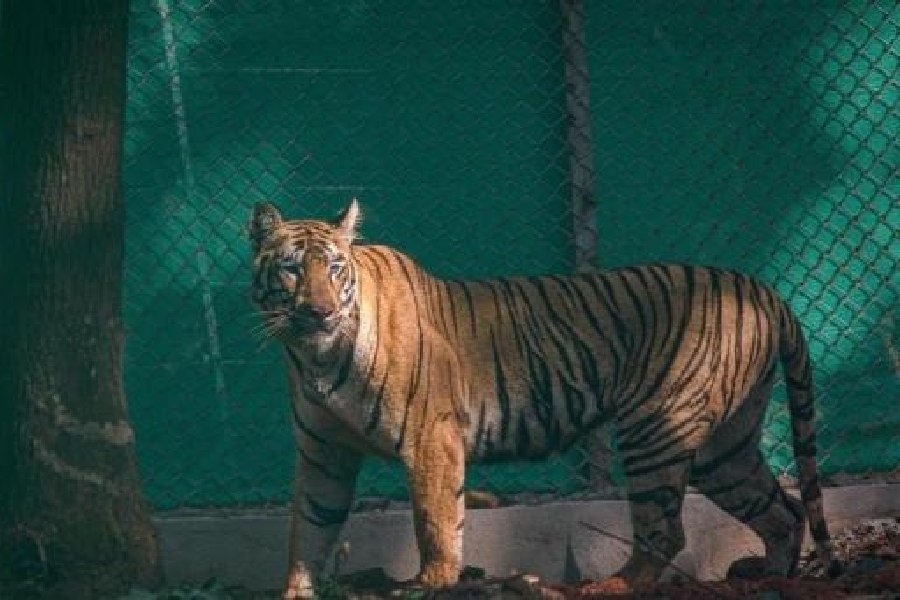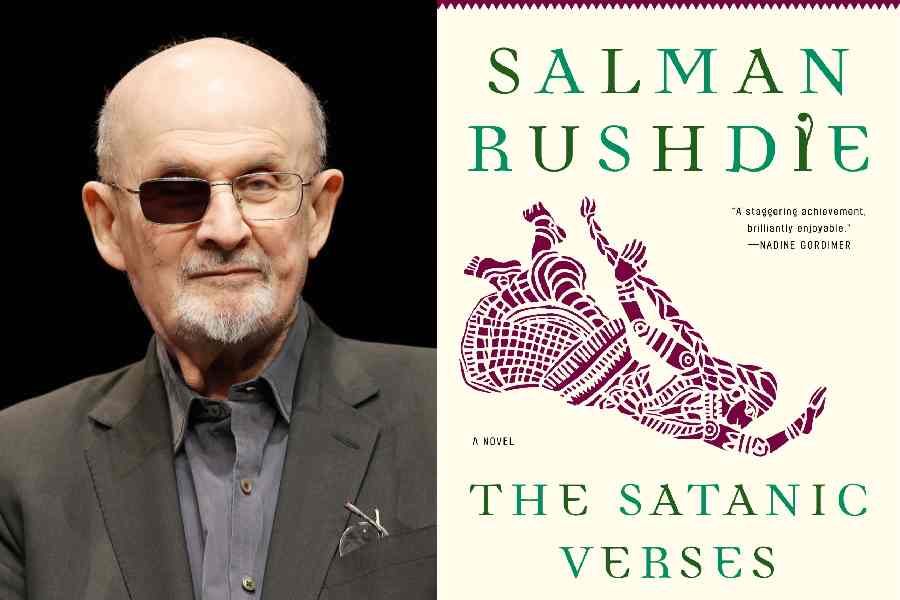The sprawling Radhika Apartments in Sector 14, Dwarka, is home to 900 families. It’s also home to over a dozen coaching or tutorial centres. Most of them came up in the last five years.
The centres spring to life in the evenings. About half the coaching centres have put up signboards, while the “tutorials” are mainly run by educated housewives from their homes, teaching select subjects.
The coaching institutes get 30 to 60 students each while the tutorials get 10 to 15. Both kinds charge ₹1,500-2,000 a month per student. Some parents hire private tutors to teach their children at home.
Vijay Singh Rana, a private tutor and a resident of Radhika Apartments, said the children were mostly enrolled in private schools, and yet their parents wanted extra coaching.
“The private schools prescribe additional content over and above the NCERT syllabus. The parents pay for coaching because they don’t expect their children to crack the entrance tests with whatever they learn at school,” Rana said.
Academics say the situation is the same countrywide. With the CUET — for undergraduate admission to general courses at central universities — adding to the number of centralised entrance tests, the demand for coaching has increased further.
The trend has seen the advent of “dummy schools” — those that allow their Class XI-XII students to skip regular classes and attend private coaching centres, some of them operating from the school compound itself.
The Annual Status of Education Report (ASER) 2022, brought out by the NGO Pratham, says the proportion of schoolchildren taking private tuition or coaching rose from about 25 per cent countrywide in 2018 to 30 per cent in 2022.
Bihar and Jharkhand topped at 70 per cent and 45 per cent, respectively. Himachal Pradesh and Maharashtra brought up the rear with 10 per cent and 15 per cent. The survey covered both government and private schools.
“Children of Classes II and III too are sent for coaching,” Rana said.
Students now take the JEE Main (BTech), NEET (medical and dental), CUET, CLAT (integrated law courses), and the NCET (integrated teacher education programmes).
The objective of coaching is to facilitate high scores, “not to clarify concepts or enhance the general understanding” or “imbibe values”, said Y. Sreekanth, principal of the Regional Institute of Education, Mysore.
The entrance tests ask multiple-choice questions and the answers are evaluated by machines. The National Education Policy has recommended changes to the examination pattern to eliminate the need for coaching.
Coaching remains unregulated, with the institutes charging whatever fees they want and some of them misleading parents with boastful claims.
In January, the education ministry issued guidelines that say a coaching centre — meaning one with more than 50 students — must not enrol students aged below 16, thus precluding enrolment before the secondary board exams. The fees should be fair and reasonable, the guidelines say, leaving it to the states to work out their own legal frameworks.
Prince Gajendra Babu, an education activist, said the Centre was “handing over education to the market”, abdicating its own responsibility.
“Coaching is becoming part of a child’s life and killing the spirit of learning. Instead of banning the coaching centres, the Centre is eyeing regulation to legalise the commercialisation of education,” he said.
Another academic, who didn’t wish to be quoted, said the parents’ increasing dependence on coaching had led to declining expectations from the schools.
“Schools are gradually becoming redundant. Another issue is the rising pressure on the child,” he said.











